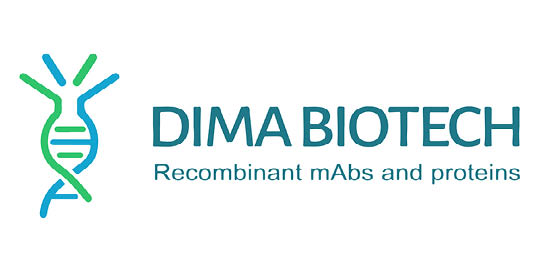Human OPRD-Strep full length protein-synthetic nanodisc
Human OPRD-Strep full length protein-synthetic nanodisc
Artikelnummer
DMAFLP120382-50
Verpackungseinheit
50 µg
Hersteller
DIMA Biotechnology
Verfügbarkeit:
wird geladen...
Preis wird geladen...
Background: G-protein coupled receptor that functions as receptor for endogenous enkephalins and for a subset of other opioids. Ligand binding causes a conformation change that triggers signaling via guanine nucleotide-binding proteins (G proteins) and modulates the activity of down-stream effectors, such as adenylate cyclase. Signaling leads to the inhibition of adenylate cyclase activity. Inhibits neurotransmitter release by reducing calcium ion currents and increasing potassium ion conductance. Plays a role in the perception of pain and in opiate-mediated analgesia. Plays a role in developing analgesic tolerance to morphine.[UniProtKB/Swiss-Prot Function]
Description: Human OPRD-Strep full length protein-synthetic nanodisc
Molecular Weight: The human full length OPRD-Strep protein has a MW of 40.4 kDa
Protein Families: Transmembrane,Druggable Genome,
Protein Pathways: GPCRDB Class A Rhodopsin-like,Peptide GPCRs,Autoimmune & Inflammatory Response,G-Protein Coupled Receptors Signaling Pathway,Na2 /NF-AT Signaling Pathways,
Storage & Shipping: Store at -20°C to -80°C for 12 months in lyophilized form. After reconstitution, if not intended for use within a month, aliquot and store at -80°C (Avoid repeated freezing and thawing). Lyophilized proteins are shipped at ambient temperature.
Tag: C-Flag&Strep Tag
Expression Host: HEK293
Formulation & Reconstitution: Lyophilized from nanodisc solubilization buffer (20 mM Tris-HCl, 150 mM NaCl, pH 8.0). Normally 5% – 8% trehalose is added as protectants before lyophilization. Please see Certificate of Analysis for specific instructions. Do not use solvents with a pH below 6.5 or those containing high concentrations of divalent metal ions (greater than 5 mM) in subsequent experiments.
Target: OPRD
Uniprot ID: P41143
Usage: Research use only
Description: Human OPRD-Strep full length protein-synthetic nanodisc
Molecular Weight: The human full length OPRD-Strep protein has a MW of 40.4 kDa
Protein Families: Transmembrane,Druggable Genome,
Protein Pathways: GPCRDB Class A Rhodopsin-like,Peptide GPCRs,Autoimmune & Inflammatory Response,G-Protein Coupled Receptors Signaling Pathway,Na2 /NF-AT Signaling Pathways,
Storage & Shipping: Store at -20°C to -80°C for 12 months in lyophilized form. After reconstitution, if not intended for use within a month, aliquot and store at -80°C (Avoid repeated freezing and thawing). Lyophilized proteins are shipped at ambient temperature.
Tag: C-Flag&Strep Tag
Expression Host: HEK293
Formulation & Reconstitution: Lyophilized from nanodisc solubilization buffer (20 mM Tris-HCl, 150 mM NaCl, pH 8.0). Normally 5% – 8% trehalose is added as protectants before lyophilization. Please see Certificate of Analysis for specific instructions. Do not use solvents with a pH below 6.5 or those containing high concentrations of divalent metal ions (greater than 5 mM) in subsequent experiments.
Target: OPRD
Uniprot ID: P41143
Usage: Research use only

 English
English











